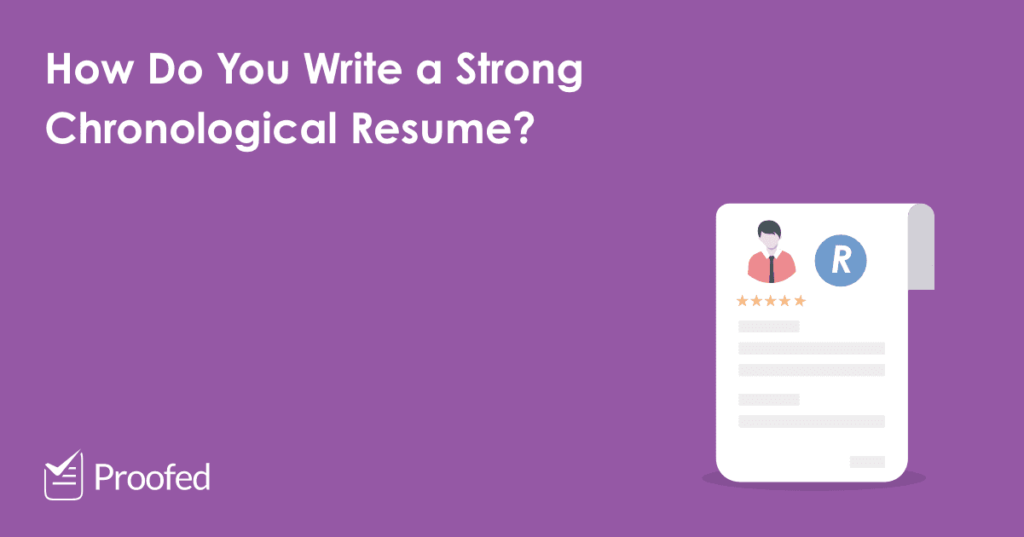A resume or CV is your first chance to make an impression when you’re applying for a job. In a chronological resume, you list your work experience in reverse chronological order (i.e. starting with your most recent role). But what do you need to include in a chronological resume?
What Goes into a Chronological Resume?
Your resume should be tailored to the position you’re applying for, so the exact content will depend on the role. However, you should always include the following sections in a chronological resume:
- Personal Information – Your name and contact details, including your address, email and telephone number.
- Profile/Personal Statement – A brief statement of your skills, experience and career goals. This should be no longer than two or three sentences.
- Career History – A list of your current and previous jobs, starting with the most recent. For each entry, include dates of employment, employer names, the roles you held, and your key responsibilities and achievements.
- Education and Qualifications – A summary of your educational and professional qualifications, starting with the most recent.
- Additional Skills/Interests – List any additional skills, interests or hobbies you have that are relevant to the position you’re applying for.
- References – Names, job titles and contact details for one or two people who have agreed to provide a reference for you.
If you’ve got other relevant experience (e.g. voluntary work), you can either fit it into one of the sections above or add a separate section.
Is a Chronological Resume the Right Choice?
Chronological resumes are ideal for showing off your progress through your career, particularly if you have plenty of experience in the relevant field.
Find this useful?
Subscribe to our newsletter and get writing tips from our editors straight to your inbox.
If you have a gap in your career history, or you’re applying to work in a new field, you may want to focus on your transferable skills instead. In this case, a functional resume might be a better choice.
How to Present Your Resume
There are no strict rules for how to present a chronological resume, but we do have a few tips to help ensure your resume is professionally presented:
- Try to use headings and formatting (e.g. bold or italic fonts) to help highlight important information and make your resume easier to skim read.
- It’s important to be clear and concise, so make sure all information you include is relevant to the position.
- Remember that whoever reviews your application is probably reading a whole pile of others too! As such, try to stick to a maximum of two pages.
Finally, attention to detail is vital. Even small mistakes can put off a prospective employer. But if you want to make sure your writing is error free, our expert team of proofreaders is always on hand to help!



